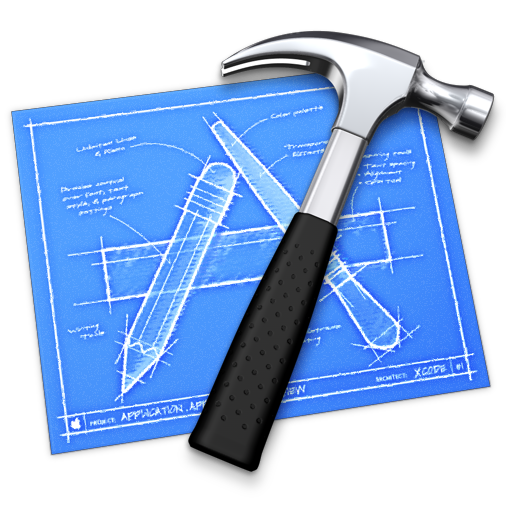
コードの整形は手間がかかる
代入文って10行とか20行とかになると、一気に見づらくなりますよね。
特に、Interface Builder使わないでコードでUIを組み立てたりしてると、プロパティの設定処理で平気で100行になります。
例えばこんなコード・・
#!objectivec
cell.backgroundView.layer.shadowColor = [UIColor blackColor].CGColor;
cell.backgroundView.layer.shadowOffset = CGSizeMake(0, 4);
cell.backgroundView.layer.shadowOpacity = 0.8;
cell.backgroundView.layer.shadowRadius = 10;
cell.backgroundView.layer.masksToBounds = NO;
cell.backgroundView.layer.shouldRasterize = YES;
cell.backgroundView.layer.rasterizationScale = [UIScreen mainScreen].scale;
cell.backgroundView.layer.contentsScale = [[UIScreen mainScreen] scale];
cell.selectedBackgroundView.layer.shadowColor = [UIColor blackColor].CGColor;
cell.selectedBackgroundView.layer.shadowOffset = CGSizeMake(0, 4);
cell.selectedBackgroundView.layer.shadowOpacity = 0.8;
cell.selectedBackgroundView.layer.shadowRadius = 10;
cell.selectedBackgroundView.layer.masksToBounds = NO;
cell.selectedBackgroundView.layer.shouldRasterize = YES;
cell.selectedBackgroundView.layer.rasterizationScale = [UIScreen mainScreen].scale;
cell.selectedBackgroundView.layer.contentsScale = [[UIScreen mainScreen] scale];
はい、とっても汚いですね。理想は・・
#!objectivec
cell.backgroundView.layer.shadowColor = [UIColor blackColor].CGColor;
cell.backgroundView.layer.shadowOffset = CGSizeMake(0, 4);
cell.backgroundView.layer.shadowOpacity = 0.8;
cell.backgroundView.layer.shadowRadius = 10;
cell.backgroundView.layer.masksToBounds = NO;
cell.backgroundView.layer.shouldRasterize = YES;
cell.backgroundView.layer.rasterizationScale = [UIScreen mainScreen].scale;
cell.backgroundView.layer.contentsScale = [[UIScreen mainScreen] scale];
cell.selectedBackgroundView.layer.shadowColor = [UIColor blackColor].CGColor;
cell.selectedBackgroundView.layer.shadowOffset = CGSizeMake(0, 4);
cell.selectedBackgroundView.layer.shadowOpacity = 0.8;
cell.selectedBackgroundView.layer.shadowRadius = 10;
cell.selectedBackgroundView.layer.masksToBounds = NO;
cell.selectedBackgroundView.layer.shouldRasterize = YES;
cell.selectedBackgroundView.layer.rasterizationScale = [UIScreen mainScreen].scale;
cell.selectedBackgroundView.layer.contentsScale = [[UIScreen mainScreen] scale];
非常に綺麗です。
でも、スペース打つの面倒くさい。。
そこで、上記のようなコードの整形をショートカットキー一発で出来るXCodeプラグインをご紹介します!
XCodeプラグイン「XAlign」が便利
XAlignは、文字通りAligningを手伝ってくれるプラグインです。
インストール方法
コマンド一発で即完了。
#!bash
$ curl github.so/XAlign/build/install.sh | sh
% Total % Received % Xferd Average Speed Time Time Time Current
Dload Upload Total Spent Left Speed
100 896 100 896 0 0 1805 0 --:--:-- --:--:-- --:--:-- 1851
Password:
% Total % Received % Xferd Average Speed Time Time Time Current
Dload Upload Total Spent Left Speed
100 34311 100 34311 0 0 52104 0 --:--:-- --:--:-- --:--:-- 52543
XAlign is installed. Please Restart Your Xcode.
More info: https://github.com/qfish/XAlign/
To uninstall XAlign, `curl github.so/XAlign/build/uninstall.sh | sh`
.
XCodeを再起動しましょう。
整形の実行
以下のデモンストレーションのように、「シフト+?+X」で自動整形を実行します。

すごいですねww 今までの苦労は一体ww
#defineプリプロセッサ文や、@property構文などにも有効なようです。
みなさんもぜひ試してみてください!



